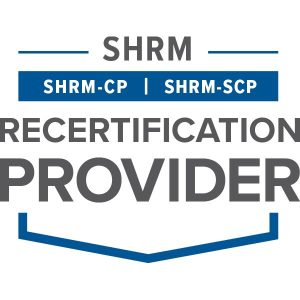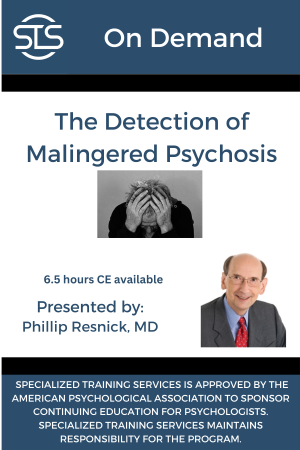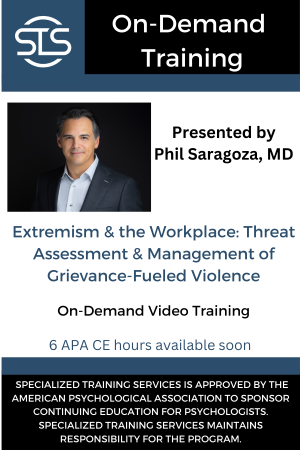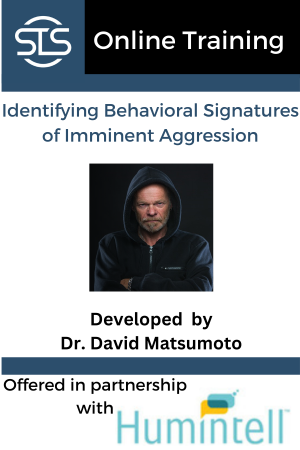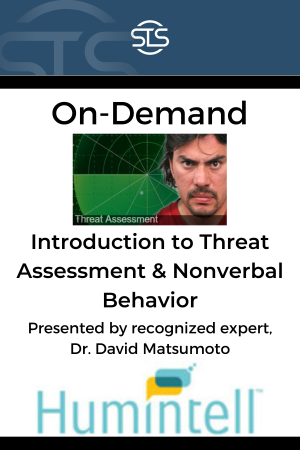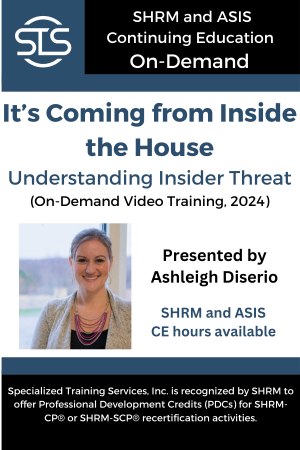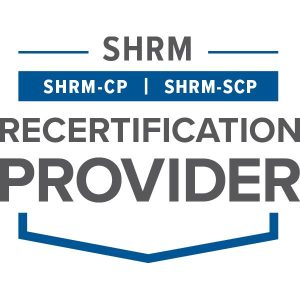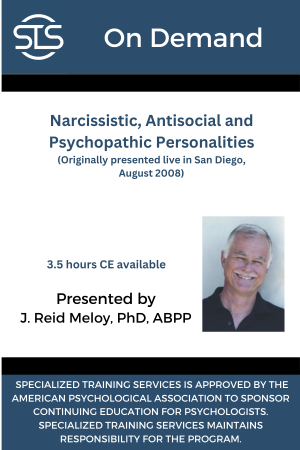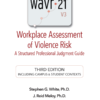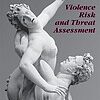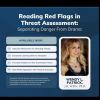Online Training
Develop rapport, trust and collegiality in face-to-face interactions.
Includes a pre-test, instruction, practice, and supplemental materials/readings. We recommend reviewing all material at least twice before taking the post-test.
Dr. Matsumoto is a Professor of Psychology at San Francisco State University and world-renowned expert in the field of emotion, culture, and nonverbal behavior. He has published over 400 books, book chapters, and journal articles on these subjects.
Description
Emotion is a topic typically covered in graduate curricula for psychologists, but when this topic is covered, the information provides general theoretical knowledge about emotion, its nature and functions.
However, graduate curricula generally do not provide instruction on the specific nonverbal behavior that empirical research has documented to validly and reliably express emotions beyond general descriptions of faces, nor about the effects of cultural display rules on emotional expressions or microexpressions.
Graduate curricula also do not typically provide specific guidelines as to what to do after having read emotions in others.
Because post-doctoral level psychologists interact with others on a face-to-face basis, acquiring the skill of how to read facial expressions of emotion and other nonverbal behavior, and then , can be utilized by psychologists in the development of rapport, trust, and collegiality, and to gain further insights into the mindsets of their clients.
To our knowledge, there is currently no specific training that teaches doctoral-level psychologists on how to read facial expressions of emotion on individuals from different ethnic, racial and cultural backgrounds.
This APA approved continuing education course addresses this important and specific need.
Learning Objectives
(1) Describe and identify major differences between micro and macro facial expressions of emotion.
(2) Define and list major differences between referential, deliberate, and spontaneous facial expressions of emotion.
(3) Recite the specific anatomical characteristics of each of the seven universal facial expressions of emotion that occur on the face.
(4) Demonstrate the ability to recognize facial expressions of emotion that last less than half a second on the face (microexpressions) proficiently on individuals that represent a wide demographic of ages, genders and ethnicities.
Additional Information
Format and Length:
Multimodal interactive training. Includes pre-test, instructional and review videos, interactive practice sections, and supplemental material and readings. You can complete the course in multiple sittings and we recommend participants review the material more than once prior to taking the post-test.
Instructional Level:
Introductory training for psychologists, psychiatrists, and mental health professionals.
Completion Requirements:
To obtain your CE certificate, you must progress through all course segments and readings, and obtain a score of 80% or higher on a post-test. Users will have a maximum of 3 attempts to complete the post-test at 80% proficiency.
Post Test and Course Evaluation:
After completing the pre-test, watching instructional videos, interactive practice sections, supplemental material and readings, the post-test will be available to complete, along the course evaluation.
Once you purchase this training, we will email you a license key and instructions
Specialized Training Services also offers group licenses for large organizations or groups. For more information, email us at info@specializedtraining.com.

Specialized Training Services is approved by the American Psychological Association to sponsor continuing education for psychologists. Specialized Training Services maintains responsibility for this program and its content.
This APA approved continuing education course is multi-modal, consisting of videos, interactive quizzes and activities, supplemental readings, and assessments.

$94.99


